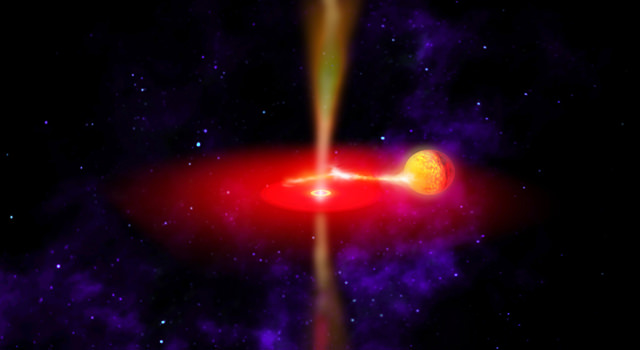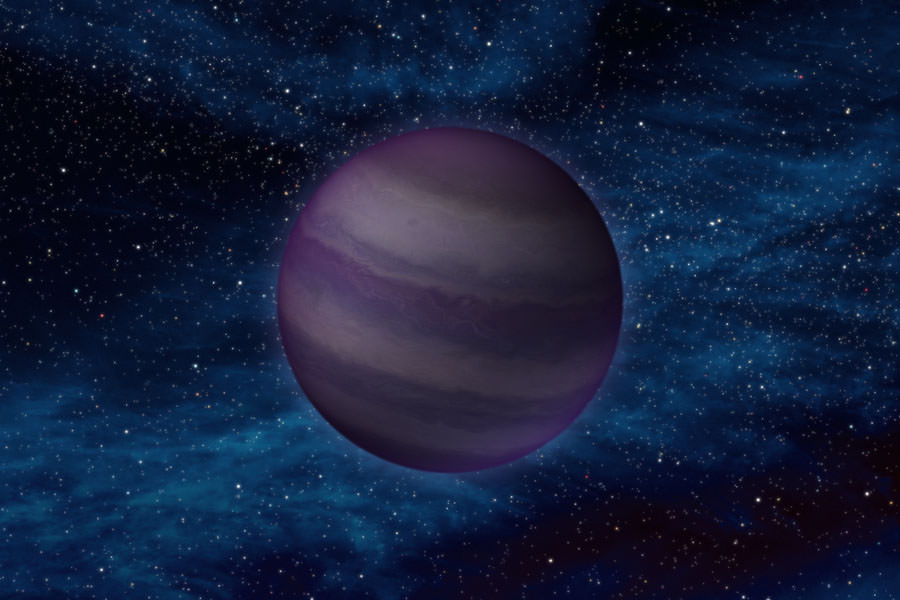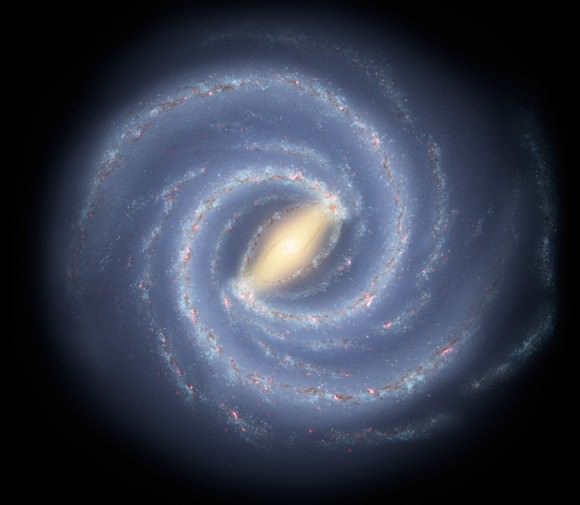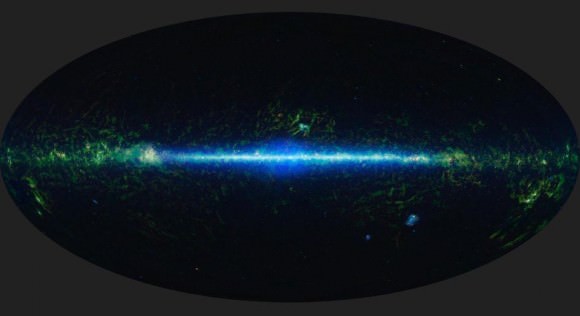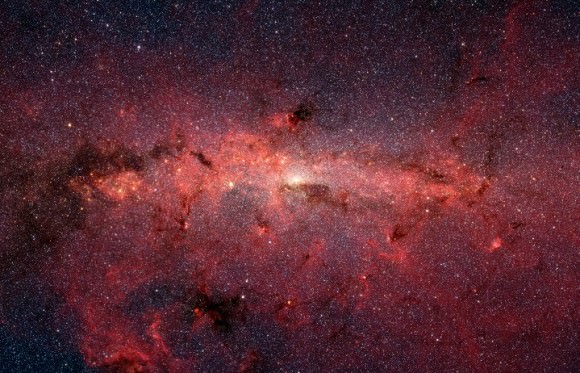[/caption]
Some 20,000 light years away, a black hole named GX 339-4 has produced one of the most exciting visible events possible – a massive flare. This searing jet is an extraordinary occurrence and astronomers using NASA’s Wide-field Infrared Survey Explorer (WISE) were able to capture elusive data to further refine their studies of the extreme environments surrounding black holes.
Over the last several decades we’ve learned a lot about these incredible phenomenon, but there’s always room for more. By studying the accretion disk, we know what feeds them and we’ve even seen jet activity through studies using X-rays, gamma rays and radio waves. However, until now, science has never gotten a clear look at the base of jet activity… and it’s exciting more than just the material around it!
“Imagine what it would be like if our Sun were to undergo sudden, random bursts, becoming three times brighter in a matter of hours, and then fading back again. That’s the kind of fury we observed in this jet,” said Poshak Gandhi, a scientist with the Japan Aerospace Exploration Agency (JAXA). He is lead author of a new study on the results appearing in the Astrophysical Journal Letters. “With WISE’s infrared vision, we were able to zoom in on the inner regions near the base of the stellar-mass black hole’s jet for the first time and the physics of jets in action.”
GX 339-4 isn’t particularly unique. It’s about six times solar mass and astronomers have been studying its companion star as the material is being pulled into it. But it’s what’s escaping at nearly the speed of light that’s making researchers sit up and take notice.
“To see bright flaring activity from a black hole you need to be looking at the right place at the right time,” said Peter Eisenhardt, the project scientist for WISE at NASA’s Jet Propulsion Laboratory (JPL) in Pasadena, Calif. “WISE snapped sensitive infrared pictures every 11 seconds for a year, covering the whole sky, allowing it to catch this rare event.”
A variable jet? It would seem so. Thanks to NEOWISE, the same area of sky was repeatedly photographed – allowing the team to home in on the elusive base area. Just how elusive? Try to imagine an area the size of your thumbnail seen at the distance of the Sun! Its radius is approximately 15,000 miles (24,140 kilometers) with dramatic changes by as large as a factor of 10 or more. To see an event that lasted anywhere from 11 seconds to a few hours might seem incredulous, but these immense variations blasted through in infra-red.
“If you think of the black hole’s jet as a firehose, then it’s as if we’ve discovered the flow is intermittent and the hose itself is varying wildly in size,” Poshak said.
But that’s not all the data. This new information has given science the best to-date values on black hole magnetic fields – ones that are 30,000 times more powerful than those that belong to planet Earth. It’s these fields that channels the flow of energy and accelerates it. But, there’s still that curiosity factor of why it varies, isn’t there?
We’ll keep asking questions. After all… Science is WISE.
Original Story Source: NASA News.

